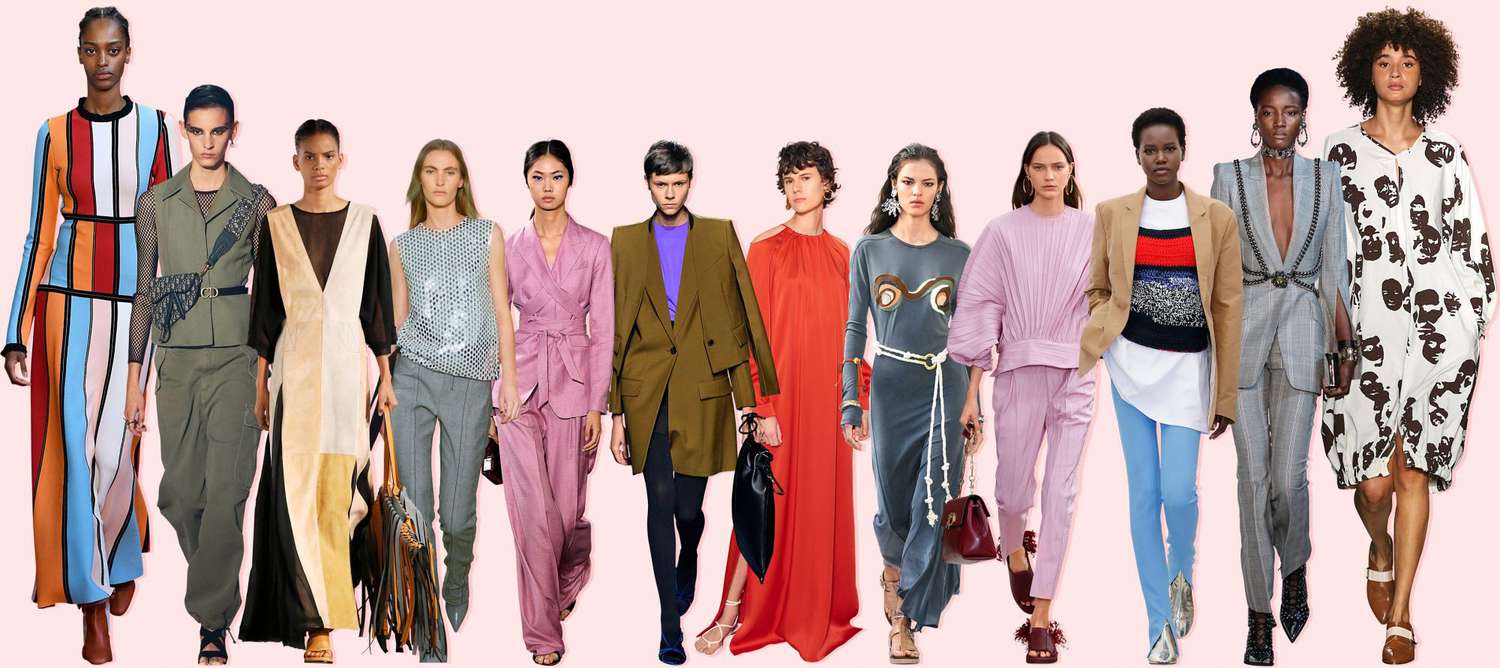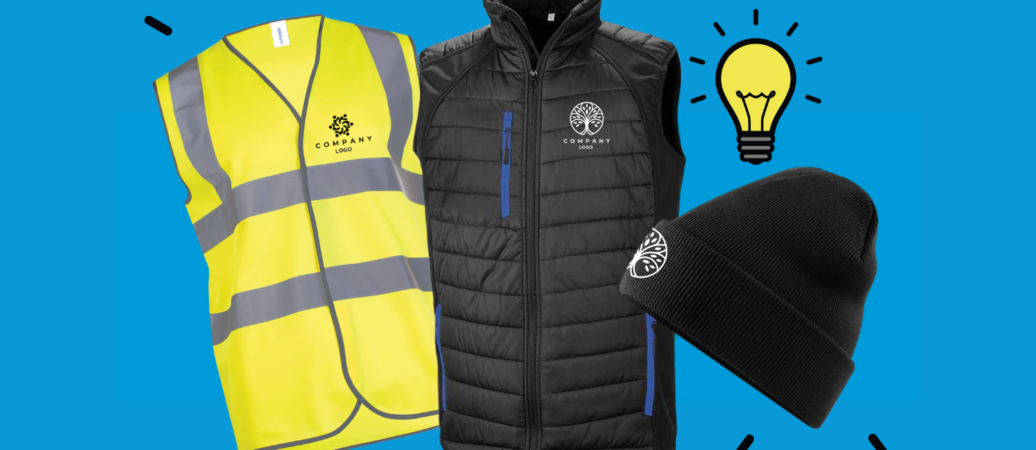The Importance of Sustainable Garments: Exactly How It Influences the Setting and Your Wardrobe
Lasting clothes is significantly acknowledged for its crucial role in reducing the ecological impact of the quick fashion sector. By focusing on eco-friendly products and honest manufacturing approaches, it attends to pressing ecological issues. This change not just benefits the world however also affects customer selections, causing an extra thoughtful method to wardrobe monitoring. Comprehending these dynamics elevates important inquiries regarding style's future and personal obligation fit it.
The Environmental Impact of Fast Style

Benefits of Sustainable Materials
Sustainable materials provide substantial benefits, specifically through eco-friendly fabric options that decrease environmental damage. These products likewise show toughness and long life, decreasing the demand for constant substitutes. As an outcome, they add to a more sustainable garment industry and promote responsible consumer behavior.
Eco-Friendly Fabric Choices
While the fashion business has long been related to quick patterns and ecological injury, the increase of environment-friendly material selections provides a transformative opportunity. Lasting products such as natural cotton, hemp, and Tencel have gotten appeal because of their reduced ecological impact. These materials are commonly produced without harmful pesticides and require much less water, decreasing their carbon footprint - Branded Clothing. In addition, several eco-friendly textiles are biodegradable, adding to a round economy by decreasing waste. Picking lasting materials not only supports ecologically liable methods yet also promotes healthier communities. As consumers become a lot more aware of their buying power, the demand for environment-friendly textiles encourages brand names to introduce and adopt more sustainable manufacturing techniques, inevitably profiting the planet and future generations
Toughness and Long Life Advantages
Numerous customers are progressively acknowledging the resilience and long life benefits of sustainable products in their clothes choices. Unlike standard materials, sustainable products such as organic cotton, hemp, and recycled polyester are engineered to withstand wear and tear, leading to garments that last longer. This minimized frequency of substitute not only conserves consumers money over time yet likewise reduces waste produced by rapid style. On top of that, lasting clothing typically uses green manufacturing methods that boost fabric stamina, adding to a reduction in the general carbon footprint. By purchasing resilient apparel, customers can cultivate an extra lasting closet while taking pleasure in high-quality items that keep their aesthetic and capability gradually. Longevity and long life stand as crucial advantages of selecting sustainable materials.
Minimizing Waste With Sustainable Practices
Decreasing waste in the fashion business can be achieved with innovative methods such as upcycling and repurposing products. In addition, embracing minimal wardrobe techniques motivates consumers to focus on quality over amount, ultimately lowering garments intake. Together, these strategies contribute greatly to a more lasting clothing model.
Upcycling and Repurposing Materials
Upcycling and repurposing products have become ingenious techniques in the fashion market, changing thrown out fabrics into useful brand-new items. This method not just lessens waste but also urges creative thinking and individuality in clothes design. By taking old garments and materials, designers can create distinct pieces that show individual design while reducing the need for brand-new resources. In addition, upcycling usually needs much less energy and water contrasted to typical manufacturing processes, considerably decreasing the environmental footprint of style. As customers become more familiar with sustainability, the popularity of upcycled garments remains to climb, advertising a circular economic climate. Ultimately, these techniques add to an extra lasting future, where style focuses on environmental health and wellness over quick production and intake.

Minimalist Wardrobe Techniques
As individuals significantly seek to minimize their environmental influence, taking on minimal wardrobe methods has actually obtained traction as an efficient method to lasting fashion. These techniques stress quality over amount, encouraging consumers to curate a smaller sized collection of versatile, resilient clothes. By concentrating on timeless pieces that can be blended and matched, people can decrease the frequency of acquisitions and eventually decrease waste.Additionally, minimalism advertises mindful usage, prompting consumers to show on the environmental and ethical ramifications of their choices. This approach not just cultivates a much more sustainable way of life yet likewise simplifies everyday decision-making concerning clothing. As individuals accept minimalist principles, they add to a fashion society that values sustainability and responsible consumerism, ultimately leading to an extra eco-conscious culture.
The Duty of Moral Labor in Sustainable Style
While lots of consumers are significantly familiar with the environmental effects of their garments choices, the value of honest labor practices in lasting fashion can not be forgotten. Moral labor encompasses fair salaries, secure working problems, and regard for workers' civil liberties, developing the backbone of liable fashion manufacturing. Brands that prioritize moral labor not just uplift communities but likewise established a standard for accountability in the industry.Moreover, the integration of moral practices fosters openness, allowing customers to make educated options regarding their acquisitions. This method contrasts greatly with quick style's exploitative labor models, which typically prioritize profit over people. By supporting companies dedicated to honest labor, customers add to a system that values human self-respect alongside environmental sustainability. Moral labor is not just an add-on; it is essential to the wider objective of lasting fashion, guaranteeing that the mission for eco-friendliness does not come at the expenditure of human civil liberties.
The Impact of Lasting Clothes on Carbon Emissions
Sustainable garments has the prospective to substantially minimize carbon discharges related to the garment industry. Conventional garment manufacturing adds significantly to greenhouse gas discharges, largely as a result of energy-intensive production procedures and making use of non-renewable resources. On the other hand, lasting style focuses on environmentally friendly materials, such as natural cotton or recycled fibers, which usually call for less power to produce.Moreover, sustainable brand names have a tendency to take on much more reliable production techniques, reducing waste and decreasing total emissions. By prioritizing durability and classic design, lasting clothing encourages customers to purchase much less regularly, further lowering the carbon footprint related to overconsumption.Additionally, numerous sustainable brand names are committed to transparency in their supply chains, enabling customers to make enlightened choices that align with their worths. Inevitably, shifting towards sustainable clothes can bring about a significant decrease in carbon discharges, adding to a healthier world and a more lasting future for the apparel industry.
Sustaining Local Economic Climates With Sustainable Selections
The shift towards lasting clothes not just addresses ecological issues however additionally considerably advantages neighborhood economic climates. By picking lasting fashion, consumers commonly sustain small businesses and neighborhood craftsmens, improving neighborhood durability. These business commonly operate a smaller sized scale, focusing on craftsmanship and honest methods over mass production.Investing in locally view it made sustainable garments cultivates work development and promotes financial development within communities. As customers come to be extra aware of learn this here now the environmental effect of their acquisitions, they increasingly seek products that show their worths. This demand urges neighborhood makers to embrace sustainable techniques, adding to a circular economy.Moreover, sustaining local businesses reduces transport discharges, aligning with eco-conscious customer actions. The interconnectedness of sustainable clothing and regional economic climates underscores the vital function that private choices play in promoting both financial and ecological health. By cultivating these neighborhood connections, neighborhoods can flourish while likewise functioning in the direction of an extra sustainable future.
Changing Your Storage Room: Tips for a Lasting Wardrobe
As people seek to lower their environmental influence, transforming a closet into a sustainable closet becomes a necessary step. One effective strategy is to evaluate existing clothes, keeping only things that are put on on a regular basis and that align with sustainability objectives. Prioritizing high quality over amount is important; purchasing resilient items from eco-friendly brands can significantly decrease waste.Additionally, including second-hand items can rejuvenate a wardrobe while decreasing ecological damages. Organizing clothing swaps with friends or giving away extra things can even more advertise sustainability.When buying, people need to seek products that are natural, recycled, or biodegradable, and avoid rapid style merchants - Branded Clothing. Finally, exercising mindful consumption by thoughtfully taking into consideration each acquisition can add to a more sustainable way of life. By applying these tips, one can produce a wardrobe that mirrors personal style while sustaining environmental stewardship
Frequently Asked Questions
Exactly How Can I Identify Lasting Garments Brands?
To identify lasting clothes brands, one must look into products made use of, check for qualifications like Fair Profession, and check out the brand name's transparency about their production procedures, labor practices, and environmental effect, making sure eco-friendly and honest practices are focused on.
What Are the Expenses Connected With Sustainable Fashion?
The prices connected with sustainable fashion can differ considerably. Greater production expenses, ethical sourcing, and eco-friendly materials frequently lead to increased retail rates, which might deter some customers while attracting ecologically mindful consumers.
Can Lasting Clothing Be Fashionable and Stylish?
Lasting garments can indeed be trendy and trendy. Designers significantly focus on ingenious products and honest production techniques, proving that fashion and sustainability can coexist. Customers now have diverse choices that mix aesthetic appeals with environmental consciousness.
Exactly How Does Laundering Garments Affect Their Sustainability?
Washing garments significantly impacts sustainability by consuming water and energy, contributing to contamination, and creating microplastic launch. Frequent washing can degrade textiles, shortening their life-span and boosting the demand for replacements, eventually aggravating environmental issues.
What Is the Lifespan of Sustainable Clothes Contrasted to Fast Fashion?
The life expectancy of sustainable garments commonly goes beyond that of rapid style items, frequently long lasting a number of years due to quality products and craftsmanship. On the other hand, rapid style garments might weaken promptly, necessitating more frequent replacements. Sustainable clothing is progressively identified for its essential duty in reducing the ecological effect of the quick style sector. While lots of consumers are significantly mindful of the environmental repercussions of their apparel options, the significance of ethical labor practices in sustainable style can not be forgotten. Branded Clothing. Lasting apparel has the potential to greatly decrease carbon discharges linked with the fashion sector. In comparison, lasting style concentrates on environmentally friendly materials, such as natural cotton or recycled fibers, which frequently visit here require much less power to produce.Moreover, sustainable brands often tend to adopt a lot more efficient production techniques, lessening waste and lowering overall emissions. By prioritizing longevity and classic design, lasting apparel urges consumers to get less frequently, further minimizing the carbon impact associated with overconsumption.Additionally, lots of lasting brand names are committed to openness in their supply chains, enabling consumers to make enlightened selections that line up with their values